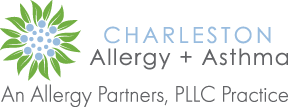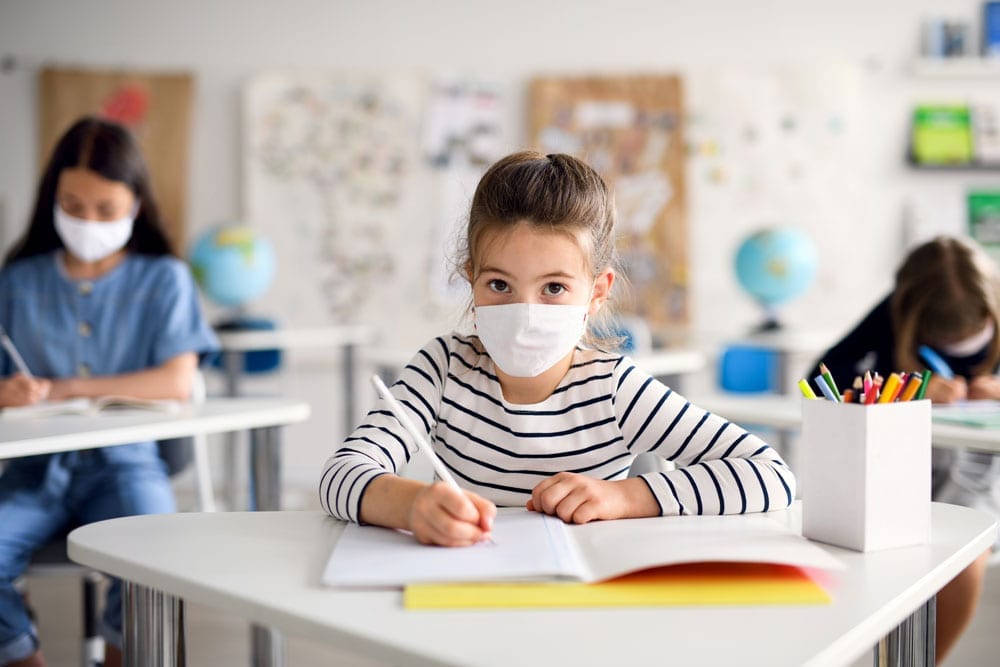Many families are faced with the unusual question of “Should I send my child back to school this fall?” COVID-19 has changed a lot about our lives, and it will affect how our children learn, too. For parents of a child with asthma, this can be a particularly difficult decision and many families are divided on how to proceed. The information presented here is based on our current understanding of COVID-19 to help families make informed decisions. Ultimately, the family will need to decide whether it is in their child’s best interest to return to in-person learning.
The risk of being exposed to COVID-19 is statistically higher when attending school in person; however, the individual clinical implications of COVID-19 are still largely unknown due to our limited and rapidly changing knowledge after limited experience with this new virus. Early in the pandemic, the CDC identified asthma as a risk factor for severe COVID-19 illness. Subsequent studies have not supported this, and the CDC guidance has changed to state that asthma may be a risk factor for severe COVID-19 illness. The American Academy of Allergy, Asthma and Immunology COVID-19 Response Task Force has stated, “…there are no data suggesting that asthma is a risk factor for becoming infected with SARS-CoV-2; and there are no data to suggest that, if infected, asthma patients have a more severe course of COVID-19 disease. Further, there are no data that suggest SARS-CoV-2 exacerbates asthma. As such, the task force members do not see a reason that asthma would be a reason to avoid school. ”
In-person learning plays a critical role in childhood development with opportunities for hands-on education, consistent supervision, structure which is crucial for learning task & time management, and social and psychological support. Your family will have the best understanding of the social and educational risks to your child with continued social isolation.
Here are some things to consider:
- Your child’s overall health.
- Your family’s health – is someone in your household at high risk of severe COVID illness?
- The community transmission rate – higher rates mean higher risks of infection.
- Family work demands – is there someone who can supervise children at home in a healthy and engaging environment? Can the household support possible loss of income?
- Your child’s academic needs. Does your child need the structure of the classroom and teachers for success? Does your child receive special services that require in-person learning?
- Schedule uncertainty – if your child’s class or school is quarantined will your family be able to adjust to the changing schedule? How will your child adjust to a changing schedule?
For families who decide their children will return to in-person learning, then it is imperative to ensure all CDC and AAP recommended social distancing measures are followed. Additionally, the CDC recommends remote learning when community transmission is substantial, as is currently the situation this August in Charleston. In-person learning during times of substantial community transmission would be expected to increase the likelihood of exposure to COVID-19.
Based on what we currently understand, well-controlled asthma does not appear to significantly increase the risk of severe COVID-19 illness. Your family will need to balance the physical risks, educational risks, and family impacts of returning to school versus virtual learning to determine the best course of action for your situation. With either decision, it is always important to follow CDC COVID-19 social distancing guidelines.




